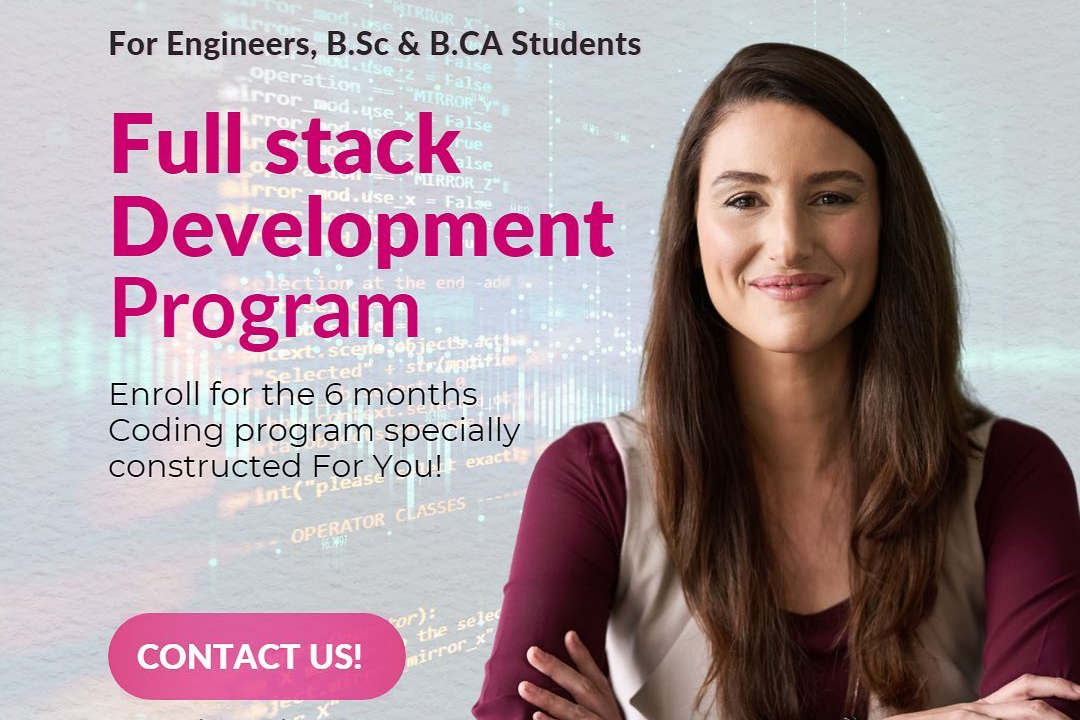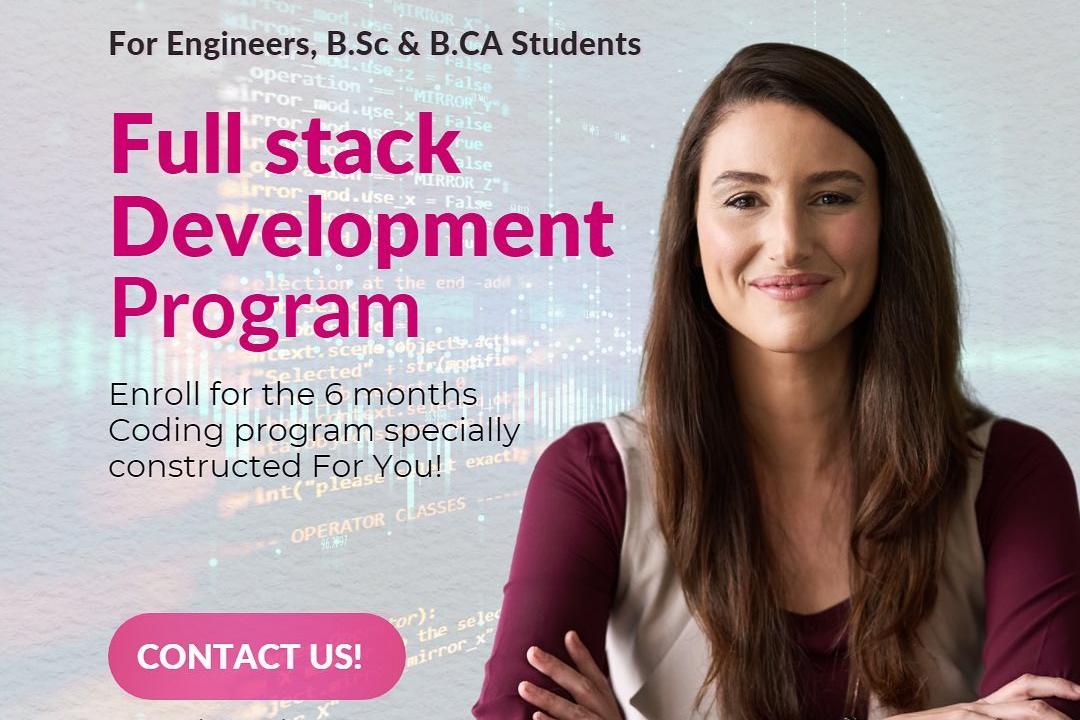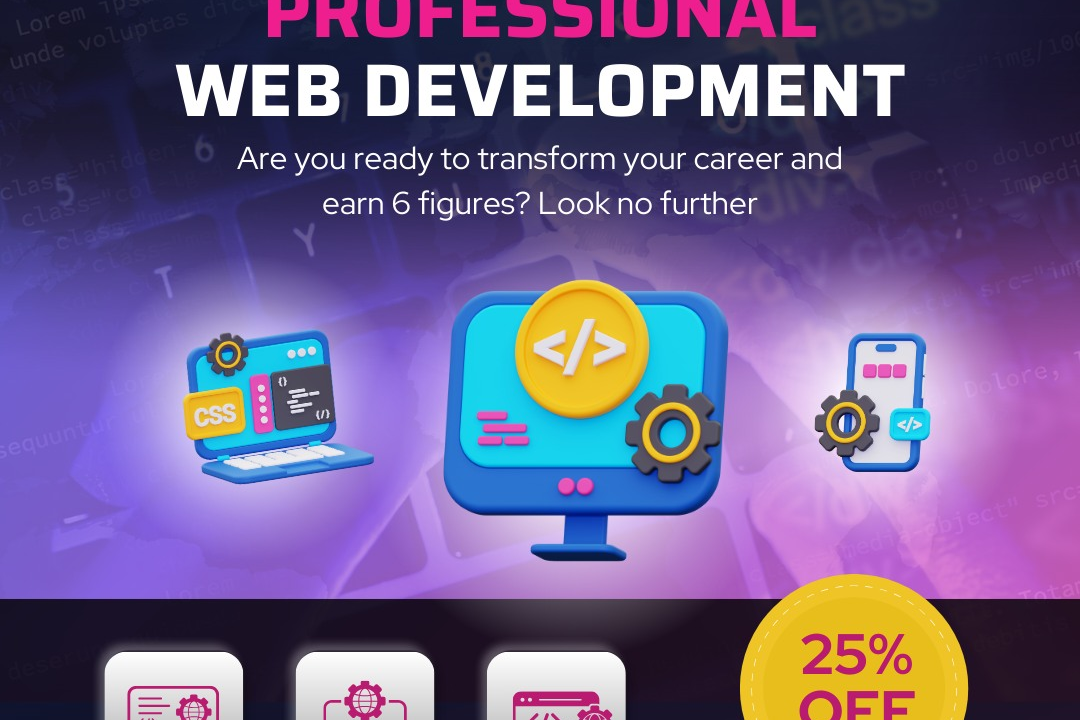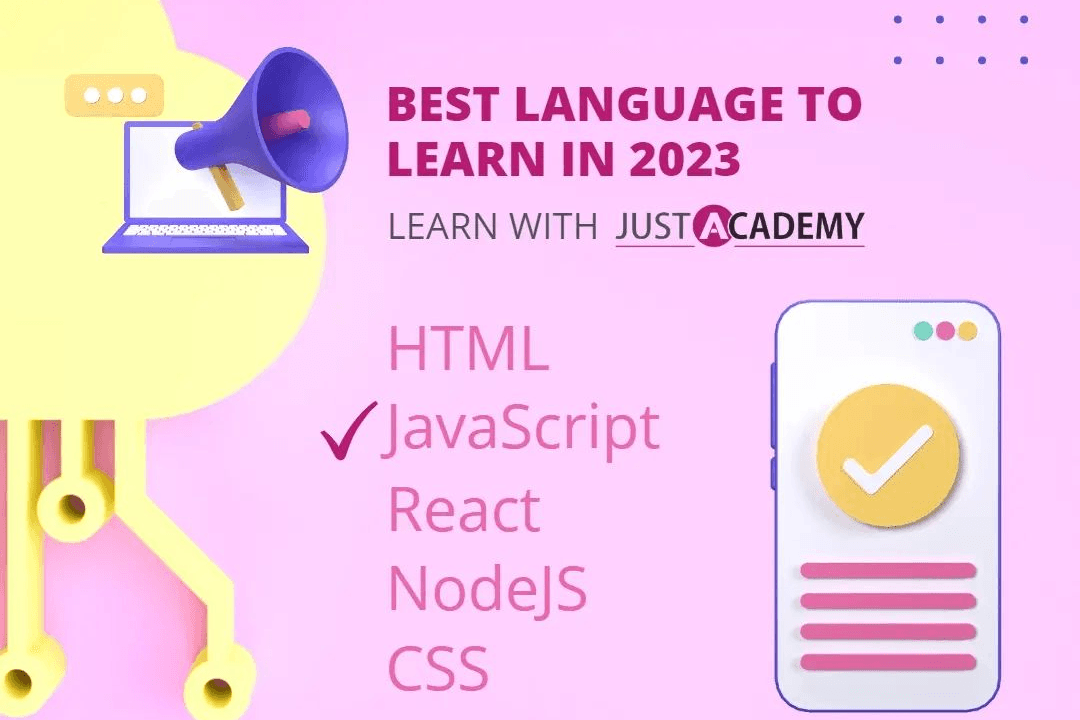React Js Interview Questions Github
Top React Interview Questions and Answers from GitHub
React Js Interview Questions Github
React JS Interview Questions GitHub is a valuable resource for preparing for technical interviews as it provides a comprehensive repository of common React JS interview questions and their detailed answers. These questions cover various aspects of React, including fundamental concepts, state management, performance optimization, and testing, enabling candidates to showcase their knowledge and problem-solving abilities during interviews.
To Download Our Brochure: https://www.justacademy.co/download-brochure-for-free
Message us for more information: +91 9987184296
1 - What is the difference between props and state in React?
Props: Immutable data passed from parent to child components, used for communication and data flow.
State: Mutable data managed within a component, used to track changes and update the UI.
2) Explain the concept of the virtual DOM in React.
The virtual DOM is a lightweight representation of the UI in memory. React compares the virtual DOM with the actual DOM and only updates the necessary parts, improving performance.
3) Describe the lifecycle of a React component.
Mounting: Component is created and inserted into the DOM.
Updating: Component's state or props change, causing it to re render.
Unmounting: Component is removed from the DOM.
4) What are React Hooks and how do they work?
Hooks are functions that allow access to state and lifecycle methods without using class components. They provide a more concise and functional approach to writing React components.
5) Explain how to use React Router for routing in a React application.
React Router provides a way to define routes and render different components based on the URL. It enables navigation and the management of page history in React apps.
6) Describe how to use Redux for state management in React.
Redux is a state management library that helps manage global state in React applications. It provides a central store to manage data and actions, reducing the complexity of state management.
7) Explain the purpose of React context.
React context allows you to share data between components without having to pass props explicitly through the component tree. It is useful for sharing global data or state.
8) Describe how to use React fragments.
React fragments are used to group elements without adding extra DOM nodes. They allow you to create reusable components without the need for additional markup.
9) Explain the difference between inline and external CSS in React.
Inline CSS: Styles are defined directly in the component using the `style` attribute.
External CSS: Styles are defined in a separate CSS file and imported into React using the `import` statement.
10) Describe how to optimize React performance.
Use memoization to prevent unnecessary re rendering.
Avoid inline styles and use CSS modules instead.
Optimize bundle size by using tree shaking and code splitting.
11 - Explain how to handle async operations in React.
Use asynchronous functions (async/await) to define async operations.
Use the `useEffect` hook to manage side effects and clean up operations.
12) Describe how to test React components.
Use unit testing frameworks like Jest and Enzyme to test the behavior of individual components.
Use integration testing to test the interaction of multiple components together.
13) Explain the concept of immutability in React.
Immutability means that data cannot be mutated or changed directly. React components should use immutable data to ensure consistency and predictability.
14) Describe how to use React refs.
Refs allow you to access DOM elements or other React elements directly. They can be used for imperative DOM manipulation or for integrating with third party libraries.
15) Explain how to create custom React hooks.
Custom hooks allow you to create reusable logic that can be shared across multiple components. They can encapsulate common functionality or state management patterns.
undefined
Course Overview
React JS Interview Questions GitHub is an open-source learning resource that provides a comprehensive guide to common React JS interview questions and answers. It covers fundamental concepts, component lifecycle, state management, performance optimization, and testing, equipping candidates with the knowledge and confidence to excel in React JS technical interviews.
Course Description
Master React JS interview questions with this comprehensive guide. Covering both fundamental and advanced concepts, this course prepares you for technical screening rounds with real-world examples, code snippets, and in-depth explanations from experienced engineers. Elevate your React knowledge and boost your confidence for successful interview outcomes.
Key Features
1 - Comprehensive Tool Coverage: Provides hands-on training with a range of industry-standard testing tools, including Selenium, JIRA, LoadRunner, and TestRail.
2) Practical Exercises: Features real-world exercises and case studies to apply tools in various testing scenarios.
3) Interactive Learning: Includes interactive sessions with industry experts for personalized feedback and guidance.
4) Detailed Tutorials: Offers extensive tutorials and documentation on tool functionalities and best practices.
5) Advanced Techniques: Covers both fundamental and advanced techniques for using testing tools effectively.
6) Data Visualization: Integrates tools for visualizing test metrics and results, enhancing data interpretation and decision-making.
7) Tool Integration: Teaches how to integrate testing tools into the software development lifecycle for streamlined workflows.
8) Project-Based Learning: Focuses on project-based learning to build practical skills and create a portfolio of completed tasks.
9) Career Support: Provides resources and support for applying learned skills to real-world job scenarios, including resume building and interview preparation.
10) Up-to-Date Content: Ensures that course materials reflect the latest industry standards and tool updates.
Benefits of taking our course
Functional Tools
1 - React JS: A JavaScript library for building user interfaces, particularly for single page applications. Its declarative nature and component based architecture make it highly efficient for creating complex UIs.
2) Interview Questions on GitHub: A collection of common interview questions and answers for React JS developers, curated and organized in a GitHub repository. This resource provides insights into the technical knowledge and problem solving skills expected by employers.
3) Training Program: A structured course or workshop designed to enhance students' skills and knowledge in React JS. It typically involves a combination of lectures, hands on exercises, and project work, led by experienced instructors.
4) Students: Individuals who are enrolled in the training program, seeking to improve their React JS proficiency or transition into a React JS development role. They possess a foundational understanding of JavaScript and web development principles.
5) Learning Objectives: The specific goals and outcomes of the training program, such as developing a deep understanding of React JS concepts, building interactive web applications, and mastering industry best practices.
6) Curriculum: A comprehensive outline of the training program's content, including topics covered, exercises, projects, and assessments. It ensures a structured and progressive learning experience for students.
Strategies to Accumulate More Points:
Credit Card Usage:
- Maximize sign up bonuses: Take advantage of offers that give substantial points when you open a new credit card.
- Use cards that offer high point per dollar rewards:* Choose cards that reward you more points for purchases in categories you frequently spend in (e.g., dining, travel, gas).
- Pay your bills on time and in full:* Avoid late payments and interest charges that can eat into your points.
- Use balance transfer cards:* Transfer balances from other cards with high interest rates to cards with low or 0% APR and earn points along the way.
- Loyalty Programs:
- Join multiple loyalty programs:* Enroll in loyalty programs offered by airlines, hotels, and retailers you regularly use.
- Use your loyalty cards religiously:* Present your cards every time you make a purchase to accumulate points.
- Look for double point and bonus promotions:* Take advantage of limited time offers that provide bonus points on specific purchases or during certain periods.
- Travel and Dining:
- Book flights and hotels through loyalty programs:* Earn miles or points when you book travel through the loyalty programs of airlines and hotel chains.
- Use travel rewards credit cards:* Some credit cards offer bonus points or miles for travel related expenses.
- Dine at restaurants that participate in loyalty programs:* Enroll in dining loyalty programs and earn points for dining out.
- Shopping:
- Shop online through reward portals:* Use portals like Rakuten or Ibotta to earn cash back or points on purchases from participating retailers.
- Use coupons and promo codes:* Stack discounts with points by using coupons or promo codes when making purchases.
- Buy gift cards through loyalty programs:* Some loyalty programs offer points when you purchase gift cards for participating retailers.
- Other Tips:
- Refer friends and family:* Get bonus points by referring others to join loyalty programs or open credit cards.
- Participate in sweepstakes and contests:* Enter sweepstakes and contests offered by loyalty programs and credit card issuers for a chance to win additional points.
- Monitor your points balances:* Keep track of your points in different programs to ensure you're maximizing their value.
- Redeem points wisely:* Research the best ways to redeem your points for travel, merchandise, or experiences.
Browse our course links : https://www.justacademy.co/all-courses
To Join our FREE DEMO Session:
This information is sourced from JustAcademy
Contact Info:
Roshan Chaturvedi
Message us on Whatsapp: +91 9987184296
Email id: info@justacademy.co












